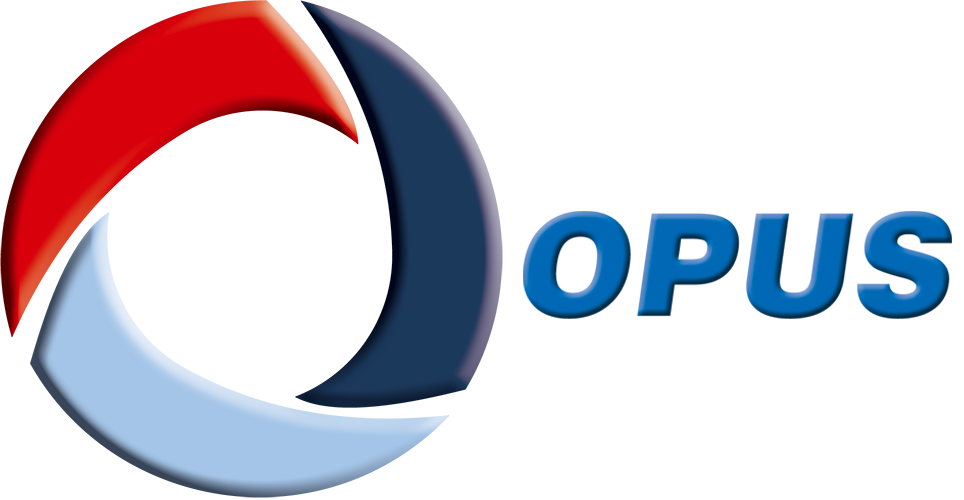OPUS:最新リリース


OPUS Workstation
OPUS 9.2 is the latest releases of OPUS, the leading software for measurement, processing and evaluation of IR, NIR and Raman spectra. OPUS is a true 64 Bit software, delivering utmost performance under native 64 Bit operation.
OPUS 9.2 is released for Windows 11.
OPUS 9.2 contains further improvements for FT-IR / QCL / Raman microscopy and for THz extension of VERTEX (NEO) spectrometers. Furthermore, new TANGO II runs with the validation program OVP-X.
New OPUS 9.2 features include:
QUANT3 - Multivariate Calibration: QUANT3 is for development of multivariate calibrations and provides a project structure for managing spectral data and creating models. There are interesting features and automated steps which allow a smooth workflow. Besides the established PLS algorithm two new algorithms are available: Support Vector Regression (SVR) and Local Regression (LR) which provide more capabilities for heterogeneous data sets and non-linear data.
Project-Based Design: All models, spectra, and results are stored in a single file, simplifying data management.
Data Handling & Validation
Spectra Loading: Supports bulk import from folder trees from different base paths.
Component-Specific Processing: Components are managed individually with handling of missing reference data.
Dataset Splitting: Uses Kennard-Stone algorithm either by reference values even with automatic handling of missing data, or PCA scores.
- Validation Strategy:
Third Dataset: Enables real-time performance checks during model development.
External Validation Set: Manually assignable, excluded from automated splitting, used for testing new data against existing models.
QUANT3 - continue
Algorithmic Enhancements: Two new algorithms
Support Vector Regression (SVR): Handles heterogeneous and non-linear data
- Kernel based algorithm capturing non-linearities
- Parameters are handled and optimized by an automated grid search within user-defined limits
- Based on PLS scores and requires PLS modeling before but enables full control of the data beforehand and an outlier detection based on the underlying PLS model
Advantages (SRV)
- Deterministic and suitable for pharma
- Works with similar dataset sizes as PLS
Local Regression (LR): Handles heterogeneous and non-linear data, dynamic modeling
- Library-Based Modeling: Uses compressed spectra and model-free libraries
- PLS Rank Setting: Global (patented approach) or automated per component
Advantages:
- Easy library updates
- Single model for multiple products
Limitations (LR):
- Needs hundreds of samples and is sensitive to data distribution
- Not robust for minor components and not for pharma use
THz Measurement: The new THz measurement function for verTera (THz extension of VERTEX NEO vacuum spectrometers) introduces a modernized interface, now seamlessly integrated as a standard OPUS feature. Users benefit from enhanced control options: for vacuum control a dedicated control page is included within the THz dialog. Additionally, for spectrometers equipped with a sample wheel or sample shuttle, users can conveniently select the sample position via the advanced settings page-streamlining setup and improving measurement flexibility.
Interference Solver: By leveraging measured data that contains interference patterns, the solver can accurately determine either the layer thickness when the refractive index is known, or vice versa. This dual-mode flexibility enables users to extract critical optical parameters with greater precision and efficiency.
Support of new Instrument and OVP-X for TANGO II: OVP-X is responsible for the calibration, testing and qualification of TANGO II spectrometers. As such, it provides a comprehensive, reliable and simple calibration and qualification management for TANGO II configurations and makes the setup of new sampling modules easier than before.
OPUS-TOUCH
Version 6 is the latest release of OPUS-TOUCH, the first true touch-operated software for infrared spectroscopy. OPUS-TOUCH provides highest accessibility for FT-IR beginners and full instrument control for experts, including monitoring of hardware and system status.
Autonomous Composition Identifier, or A.I.D.
Fast and reliable analysis function for complex mixtures and pure substances. The new Composition-ID function is a completely new designed spectra search tool for mixtures and pure components. It requires no input for the expected number of components, provides a multitude of results in one run and automatically selects the one that fits best.
Product Measurement Workflow
The product measurement workflow enables fast and efficient measurement and evaluation of various samples. Each product precisely defines the measurement and evaluation process and can include an image to facilitate easy navigation within the workflow. Individual products can also be added directly to the home screen for quick access. The result view consolidates multiple results and visually highlights predefined warning and alarm limits for better clarity and decision-making.
Trend View
The trend view enables the visualization of various result types obtained from product measurements, including Quant 1, Quant 2, and Quick Compare. Outliers, such as those exceeding warning or alarm limits, are clearly highlighted graphically. Users can select different time ranges for analysis and export results in CSV format.
ONet Client Functionality
OPUS TOUCH can serve as an ONet client for ONet 4.0, enabling centralized setup, administration, and control of a network of FTIR instruments from any remote location worldwide.
- Data Exchange: Products can be received from the ONet server, and spectra and results can be uploaded back to it. This integration ensures streamlined operations, robust data access, and efficient instrument network management.
- Local Accessibility: All data and required files remain available locally, allowing for uninterrupted sample analysis even during network downtime.
- User Management: User rights are managed via ONet, with fine-tuning possible directly on the client.
- Monitoring: ONet receives status updates and PQ/OQ reports from connected clients.
The Tutorial Center
The tutorial center, accessible via a new icon in the upper-right corner of the screen, offers a library of video tutorials covering a wide range of TOUCH functions. Context-specific videos are displayed based on the currently active view, ensuring relevant guidance. All tutorials include both audio and subtitles, providing a user-friendly and accessible learning experience.
BRAVO
OPUS 8.8.4に対応したハンドヘルド型ラマン分光計「BRAVO」GUIソフトウェアの最新バージョン2.2.4がリリースされました。大型タッチスクリーンのタッチ操作による分かりやすい合理的なワークフローで、様々な分析ツールやレポーティングオプションを簡単に利用できます。BRAVOは、製薬業界のバリデーション環境での運用のために設計されており、規制要件を満たすために必要なすべての機能を面倒な設定なしで、すぐにお使いいただけます。
BRAVOハンドヘルドラマンの新機能:
- BRAVO ウェブアクセス
安全なhttps接続により、システム情報、ライセンス機能、EAP-TLS証明書管理、BRAVO画面共有機能にアクセスできます。 - BRAVOビューア
安全な https 接続により、BRAVO GUI の画面共有と、ウェブブラウザーによる BRAVO ソフトウェアの完全なリモートコントロールが可能です。 - 装置診断
最新の装置診断機能により、装置性能と状態に関する情報を迅速かつ簡単に確認することができます。 - EAP-TLS WiFi認証
カスタム証明書を使用したEAP-TLSプロトコルをサポートします。 - サービスモード
ブルカーのサービスエンジニアによる万全なメンテナンスを可能にする新しいサービスモード機能。 - NTPタイムサーバ接続
システムの日付と時刻を管理するオプションとして、NTPタイムサーバへのスタンドアロン接続に対応しました。
ONET
ONET 3.1ソフトウェアは、ブラウザベースのウェブ・インターフェース(WebUI)を介してアクセスするサーバー・アプリケーションで、世界中のどこからでもFT-IRまたはFT-NIR機器のネットワークを設定、管理、制御することができます。ローカルの分光器で測定されたすべてのデータは集中管理されます。加えて、すべてのデータと必要なファイルはローカルでも利用可能であり、ネットワークが一時的に切断された場合でも、いつでもサンプルの分析が可能となります。
ONET 3.1の新機能:
- 最新のウェブ・ユーザー・インターフェース。
- より高速で効率的なONETクライアントとの通信。
- csvファイルのインポートによる容易なリファレンス値の割り当て。
CMET
CMET 3.1は、ブルカーのFT-NIRプロセスアナライザとお客様のDCSとの間をつなぐプロセスソフトウェアの最新リリースです。DCSから与えられたコマンドはCMETに転送され、CMETは特定の測定を開始し、データをDCSに送信して、プロセスの監視と最適化だけでなく、可視化とアーカイブを行います。CMETは、4-20mA、Modbus、Profibus DP、OPCなどの様々な標準通信プロトコルをサポートしており、最適な接続性を実現します。
CMET 3.1の新機能:
- オンラインBIAS、レシピ制御(簡素化されたバッチプロセス処理)、CMET as a Service。
- 拡散反射プローブQ412シリーズと追加のシングルソースモードをサポート。
- 新規インターフェース、ログイン機能、データベース接続を備えたトレンドチャート。